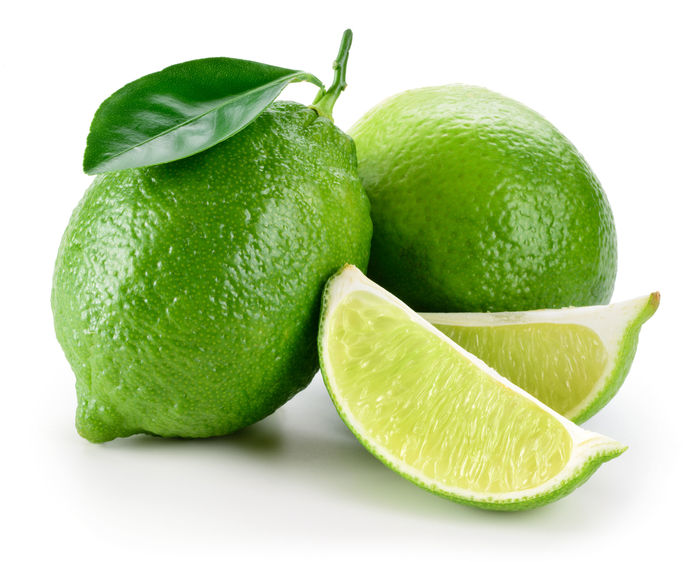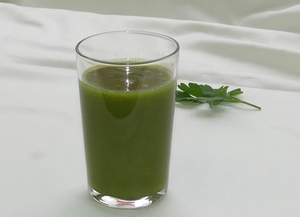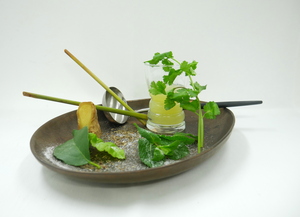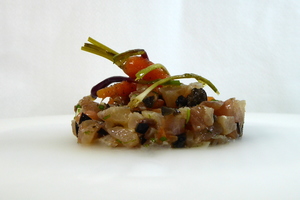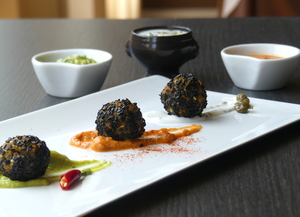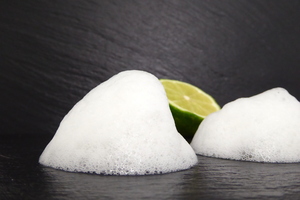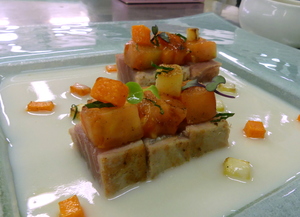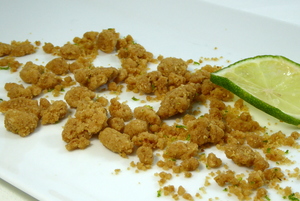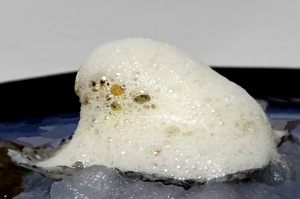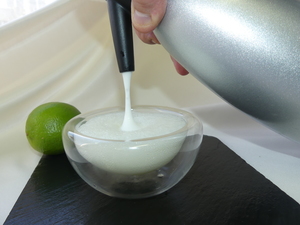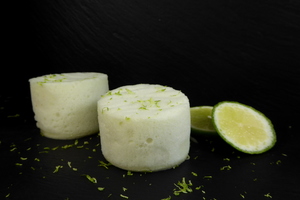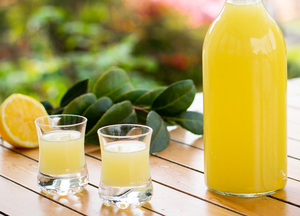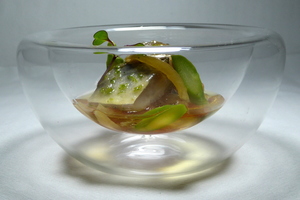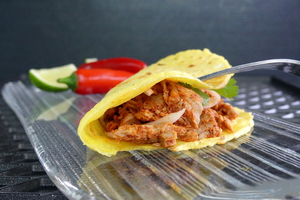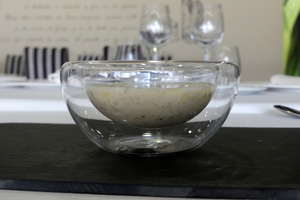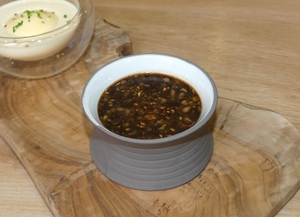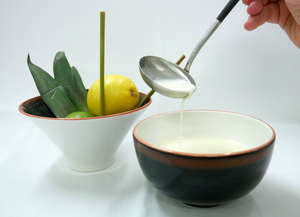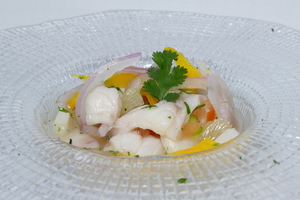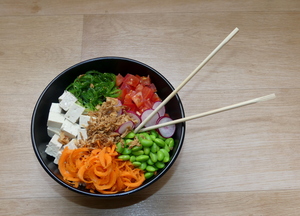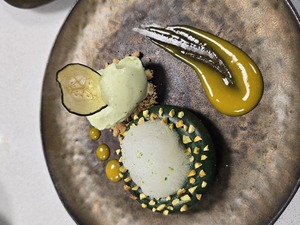Lime
Lime is an exotic and highly aromatic fruit that belongs to the family of citrics. There are many types of lime but they are generally small, green or yellow and with a sweet-sour taste, sometimes even bitter.
Lime has a fleshy pulp divided into refreshing and juicy segments. It doesn’t usually have any seeds or it has few.
Limes are 94% water. They have carbohydrates, they are rich in vitamin C, and they have magnesium, potassium, folic acid, citric acid, flavonoids, essential oils, beta-carotene, antioxidants and astringent substances.
Lime isn’t generally consumed as a fresh fruit, just its juice. It has many cooking uses, being highly appreciated in Mexican and Asian cuisine. It’s used as a dressing for salads, dishes, in sauces and to give some taste to cakes and pies.
Lime is also used in fish and seafood dishes, as a side dish for meats and in the making of several refreshing and alcoholic drinks. It’s also used to enhance the taste of other fruits and in the making of jellies, marmalades, ice creams and sorbets.
-
Type of dish
- Beers
- Cocktails
- Breakfasts and brunch
- Burguers
- Juices, milkshakes and beverages
- Shellfish
- Bread and pastries
- Pizzas, patty
- Dessert
- Pasta
- Sándwich
- Pastries
- Finger foods
- Ice creams and sorbets
- Legumes
- Salads
- Eggs
- Patty
- liqueur
- Harvard plate
- Main course
- Meats
- Fish
- Birds
- Vegetables
- Soups and creams
- Rices
- Coffee, chocolate and infusion
- Cheeses
- Appetizers and canapes
- Temperature
- Cuisine type
- Additional culinary preparation
- Conservation technique
- Seasonal recipes
-
- Aromatic herbs
- Beverages
- Big game hunt
- Bread and pastries
- Canned goods and pickles
- Cereals
- Condiments, spices and additives
- Cooked, salted, preserved and cold meats
- Dried fruits and nuts
- Dry pulses
- Edible oils and vinegars
- Eggs and derivatives
- Feathered game hunt
- Fish cuts
- Fishes
- Insects
- Kitchen and bakery tecniques
- Kitchen and bakery utensils
- Meat cuts
- Meats
- Milk, cream and derivatives
- Mushrooms
- Offal
- Pasta, rice, flour and derivatives
- Poultry
- Seafood
- Service techniques
- Service utensils
- Vegetables cuts
- Vegetables, fruits, tubers and seaweed

